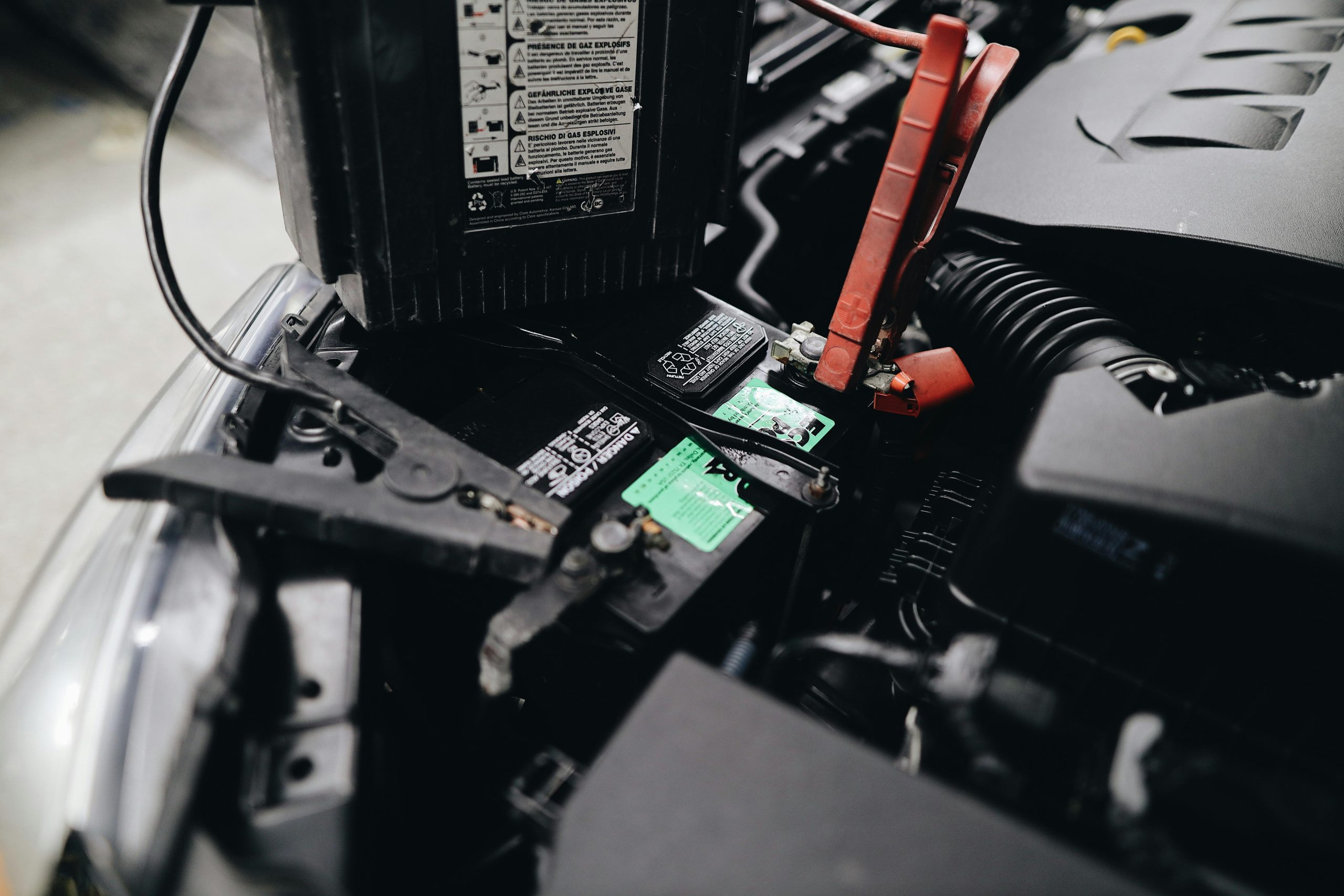Buying a used car is a smart financial move, but keeping it in top shape requires some effort. With regular maintenance, you can extend the life of your vehicle, avoid costly repairs, and enjoy a smooth ride for years to come. Whether you’re a seasoned car owner or a first-time buyer, these maintenance tips are designed to help South African drivers get the most out of their used cars. Let’s dive into our guide to car care that will keep your vehicle running like new.
1. Regular oil changes
Oil is essential for keeping your engine running smoothly. It lubricates the moving parts, reduces friction, and helps prevent overheating. Regular oil changes are crucial for maintaining engine health.
Why it’s important:
Maintaining clean oil in your engine is crucial for its longevity, as it minimizes wear and tear on components. Fresh oil ensures your engine runs efficiently, enhancing both performance and fuel economy. Additionally, using clean oil prevents sludge build-up, which can cause significant engine damage.
How often to change:
Every 7,500km to 10,000km: This is a general guideline, but always refer to your car’s manual for specific recommendations.
2. Tyre maintenance
Tyres are your car’s connection to the road, so keeping them in good condition is vital for safety and performance.
Tips for tyre maintenance:
It is essential to regularly inspect your tyres for wear, tear, bulges, and foreign objects. Keeping them inflated to the manufacturer’s recommended pressure prevents faster wear and improves fuel efficiency. Rotating your tyres every 10,000 km ensures even wear and extends their lifespan, while regular alignment and balancing prevent uneven wear and enhance handling.
3. Brake care
Your brakes are crucial for safety, so regular maintenance is non-negotiable.
Signs you need brake service:
Squeaking or grinding noises can indicate worn brake pads or rotors. Feeling a vibration when braking may suggest warped rotors. If your car takes longer to stop, it’s time to check your brakes.
Maintenance tips:
Keep your brake fluid at the recommended level and replace it every two years or as specified in your car’s manual. Regularly have a mechanic inspect your brake pads and rotors to ensure they are in good condition.
4. Fluid levels
Your car relies on various fluids to operate correctly. Regularly checking and topping off these fluids can prevent breakdowns and costly repairs.
Key fluids to monitor:
Coolant prevents your engine from overheating, so check levels regularly and top off as needed. Transmission fluid ensures smooth shifting and prevents damage; refer to your manual for the correct type and change intervals. Power steering fluid keeps your steering smooth and responsive, so check levels and top off if necessary. Brake fluid is vital for brake performance; check levels and replace as recommended.
5. Battery maintenance
A well-maintained battery ensures your car starts reliably and powers all electrical systems.
Battery care tips:
Regularly inspect your battery terminals for corrosion and clean them if necessary. Ensure the battery is securely fastened and connections are tight. Have your battery tested annually, especially before long trips or during extreme weather conditions.

6. Air filter – Breathe easy
A clean air filter ensures your engine gets the right amount of air, improving performance and fuel efficiency.
When to replace:
Every 15,000 to 30,000 km: Depending on your driving conditions. Check your manual for specific recommendations.
7. Belts and hoses
Belts and hoses are critical for your engine’s operation. Regular inspections can prevent breakdowns and costly repairs.
What to look for:
Check belts for cracks or fraying and replace them if needed. Inspect hoses for leaks or bulges and replace them if damaged.
8. Keep it clean
Regular cleaning doesn’t just keep your car looking good; it also protects your investment.
Exterior care:
Wash your car regularly to remove dirt, grime, and road salt that can cause rust. Apply a coat of wax every few months to protect the paint and keep your car looking shiny.
Interior care:
Keep the interior clean by vacuuming regularly to remove dirt and debris. Use appropriate cleaners and conditioners for your dashboard, seats, and other surfaces to maintain them in good condition.
9. Listen to your car
Your car often gives you warning signs when something is wrong. Ignoring these can lead to more severe problems and higher repair costs.
Common warning signs:
Pay attention to any warning lights on your dashboard and address them promptly. Unusual noises, such as knocking, squealing, or grinding, should be checked by a mechanic. If you notice a decrease in performance, such as rough idling, poor acceleration, or difficulty starting, have your car inspected.
10. Professional inspections
Regular professional inspections can catch issues before they become significant problems. Ensure your car is serviced by a qualified mechanic according to the manufacturer’s recommendations.
When to schedule inspections:
At a minimum, have a comprehensive inspection once a year. Before long road trips, have your car checked to ensure it’s in good condition.
Final Thoughts
Maintaining your used car doesn’t have to be a chore. With these tips, you can keep your vehicle running smoothly, avoid costly repairs, and extend its life. Regular maintenance ensures your car’s reliability and enhances its resale value when it’s time to upgrade. Remember, a well-maintained car is a happy car, and a happy car means a happy driver. Happy motoring, South Africa!


